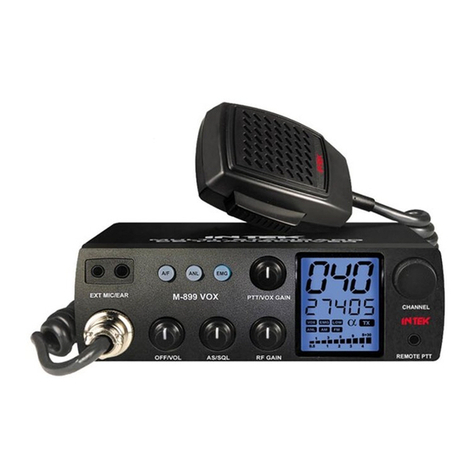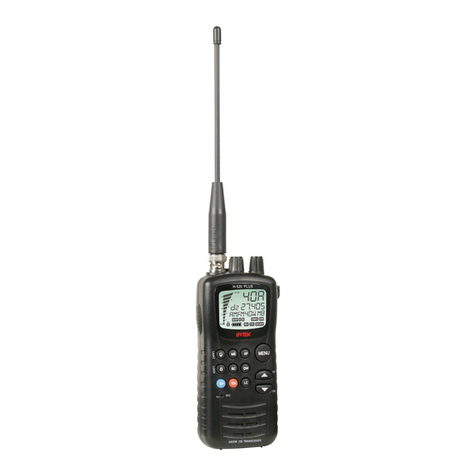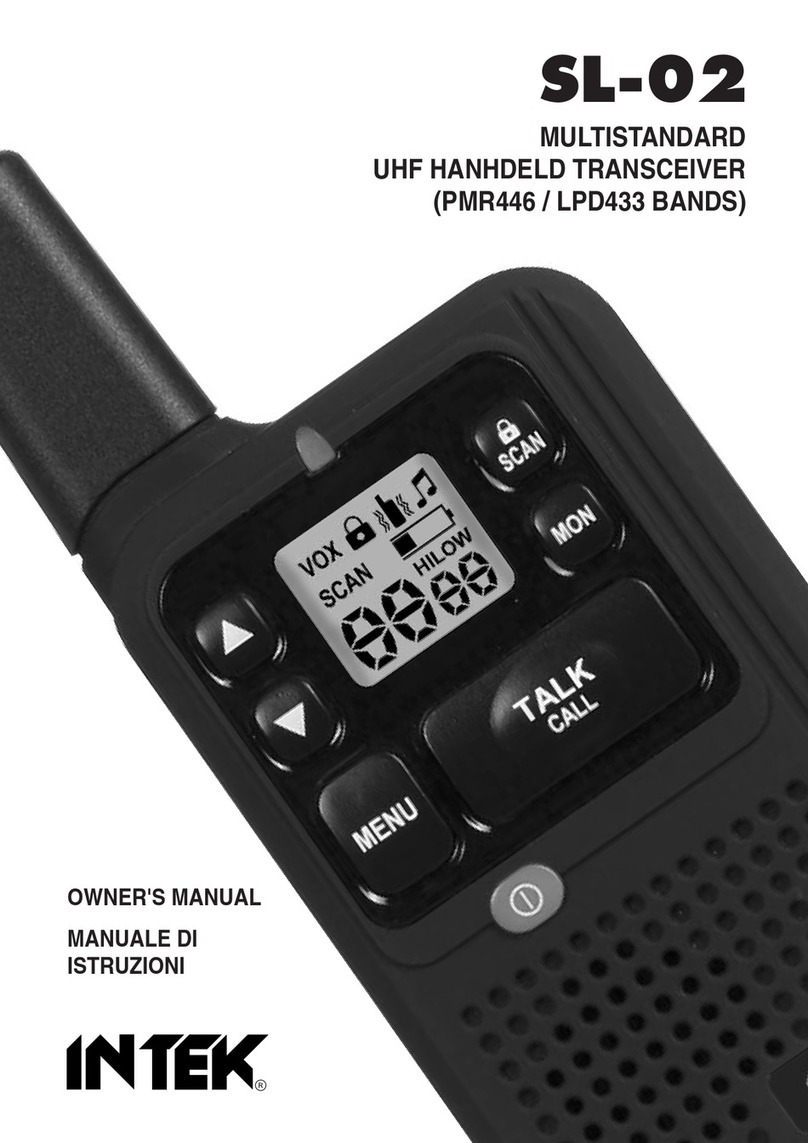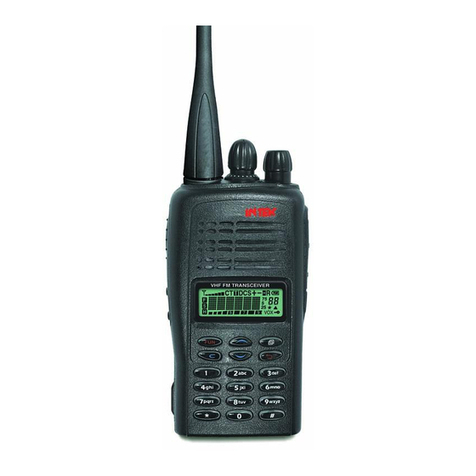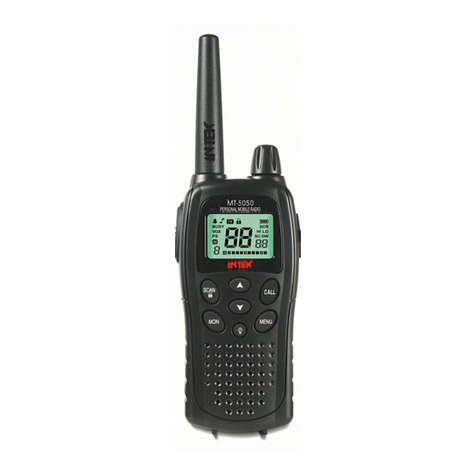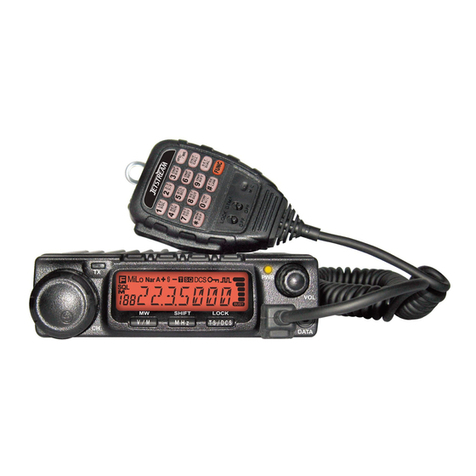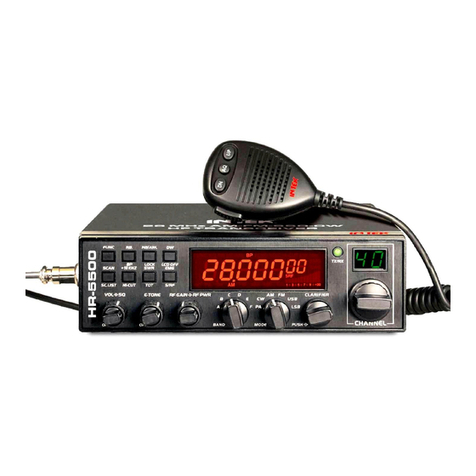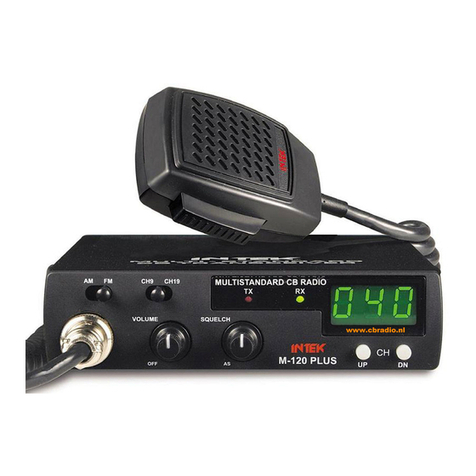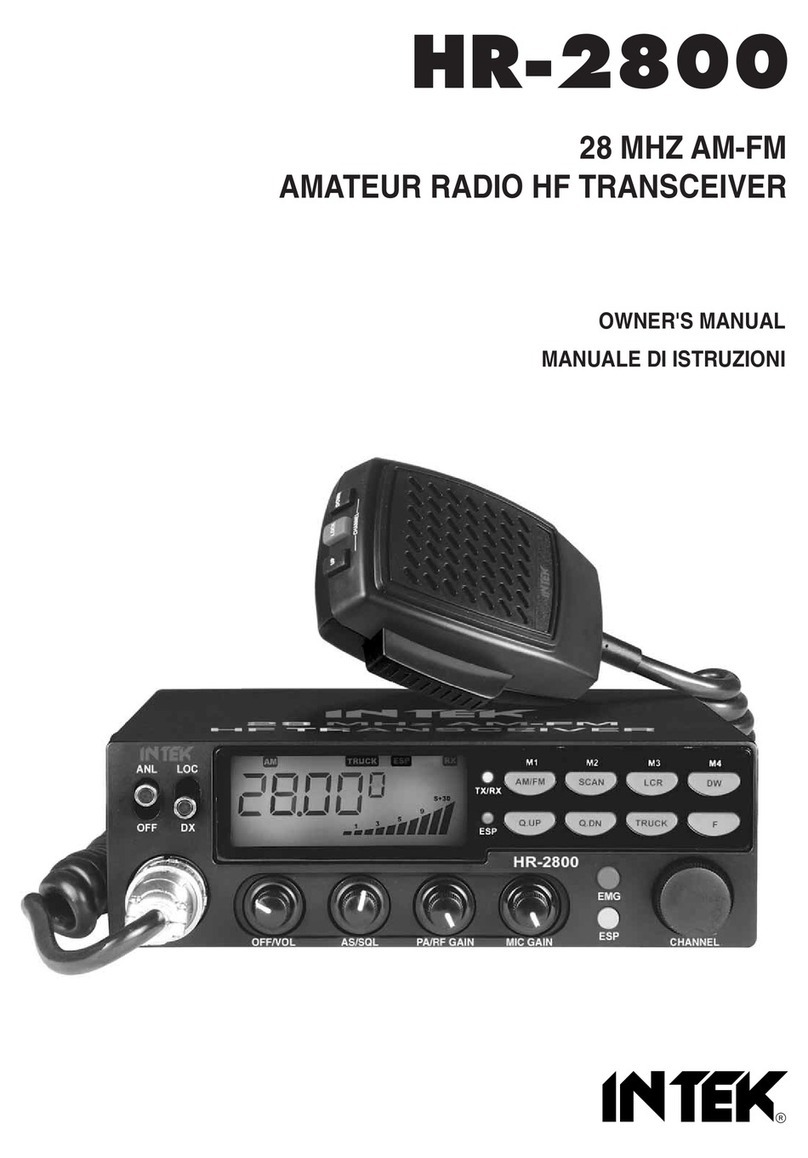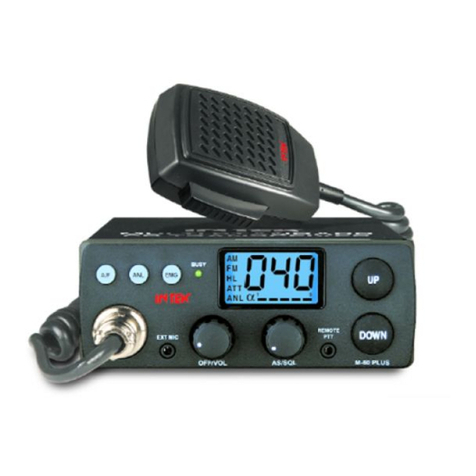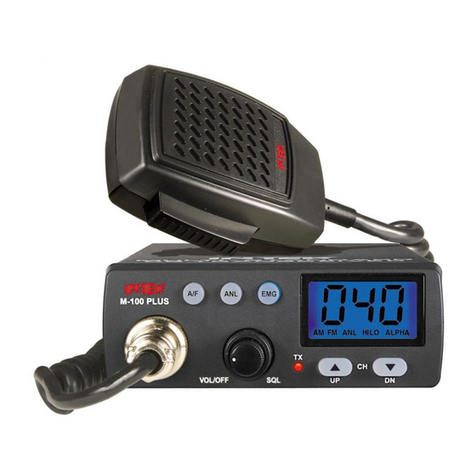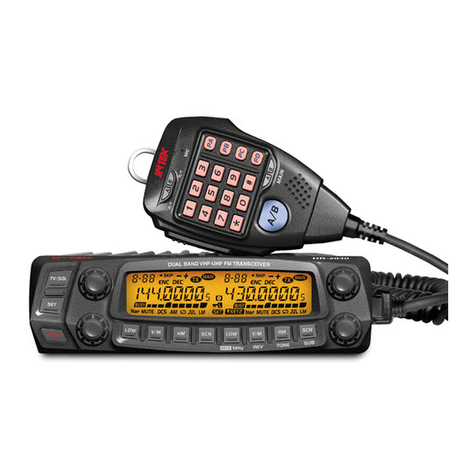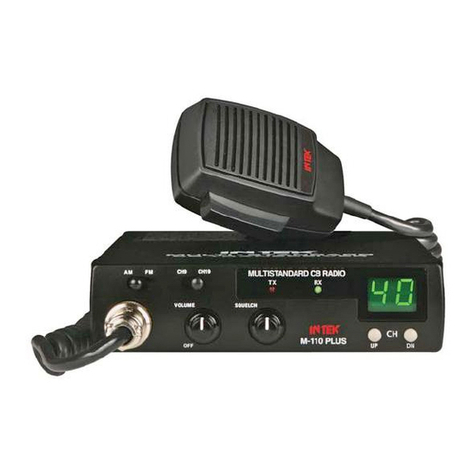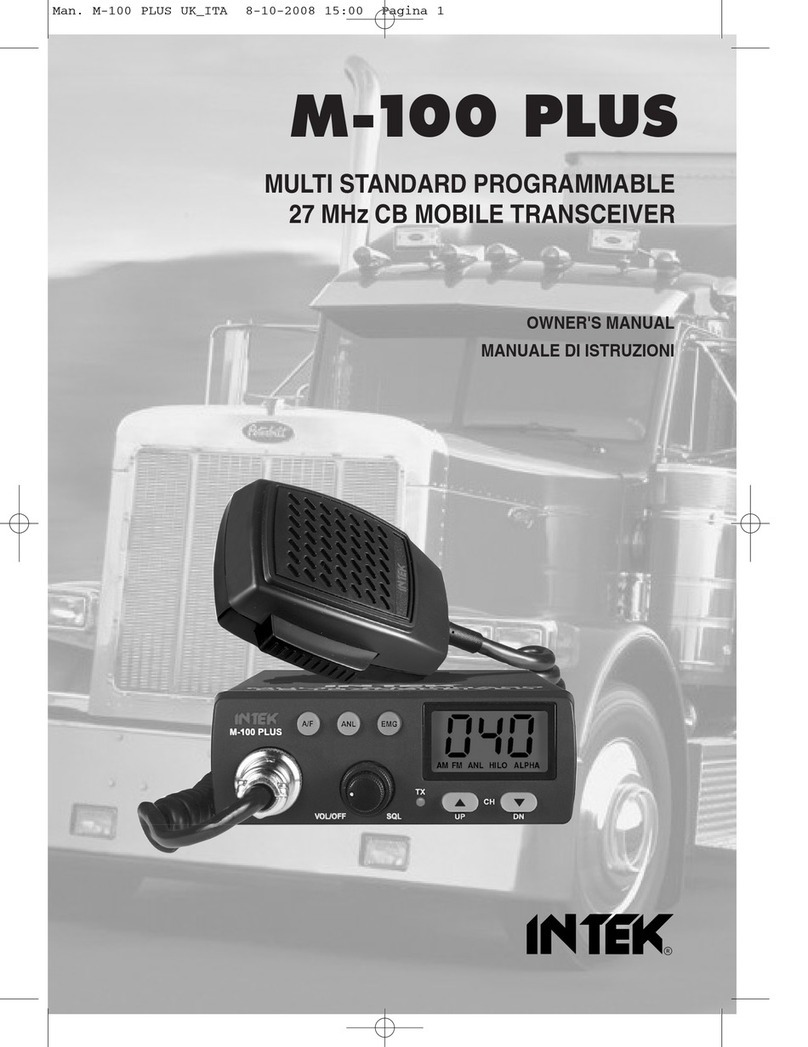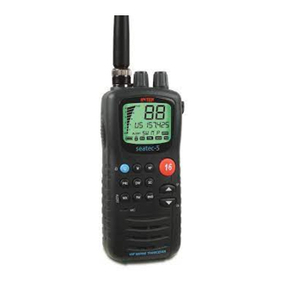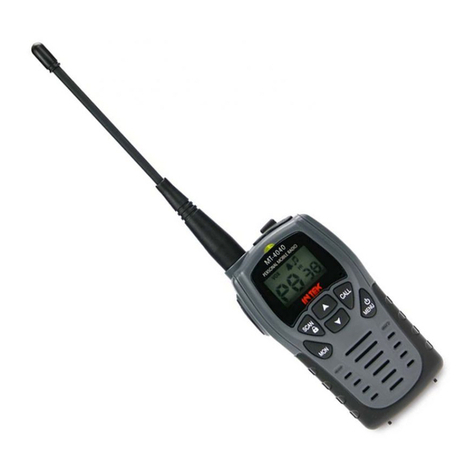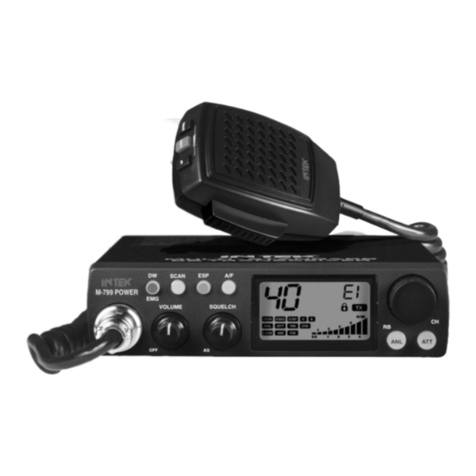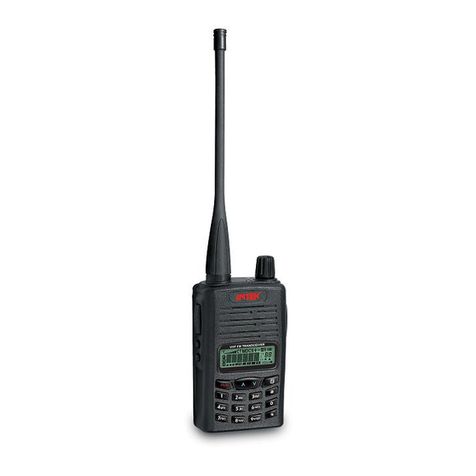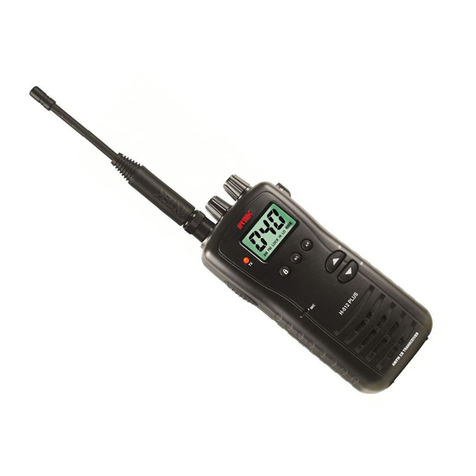CONTENTS
..............................................1
Supplied Accessories/OptionalAccessories .....................2
Supplied Accessories.......................................................................2
Optional Accessories .......................................................................2
..................................................................3
Mobile Installation ............................................................................3
DC Power Cable Connection ........................................................... 4
Power Supply Voltage Display .........................................................6
Antenna Connection ........................................................................6
Accessories Connections.................................................................7
..............................................................8
Front panel.......................................................................................8
Rear panel .......................................................................................9
Display .............................................................................................9
Microphone ......................................................................................10
Basic Operations .................................................................11
Switching the Power On/Off ............................................................11
Adjusting the Volume ......................................................................11
Adjusting Channel through selector knob ....................................... 11
Receiving .........................................................................................11
Transmitting .....................................................................................11
Transmitting Tone-Pulse ..................................................................11
Transmitting Optional Signaling ......................................................11
Shortcut Operations.............................................................12
Squelch Off/Squelch Off Momentary................................................12
Squelch Level Setup ........................................................................12
Channel Scan ..................................................................................12
CTCSS/DCS Encode and Decode Setup ........................................12
CTCSS Scan....................................................................................13
DCS Scan ........................................................................................13
High/Mid/Low Power Switch ............................................................13
Compander (Decrease the background noise and enhance audio
clarity ..................................................................................................13
Keypad Lockout ...............................................................................14
Current Voltage Enquiry...................................................................14
Auto-Dialer Setup.............................................................................14
Transmitting Edited DTMF Tones in the Auto-dialer Memory...........14
General Setting.....................................................................15
DTMF, DTMF ANI, 2Tone or 5Tone Signaling .................................. 15
Sending 2-Tone Call.........................................................................16
Sending 5-Tone Call.........................................................................16
Sending DTMF call ..........................................................................16
Signaling Combination Setup...........................................................16
HIGH/MID/LOW Power Selection ....................................................17
Band-width Selection .......................................................................17
TX OFF Setup..................................................................................18
Busy Channel Lockout ..................................................................... 18
Editing Channel Name ..................................................................... 18
Reverse TX/RX ................................................................................ 18
